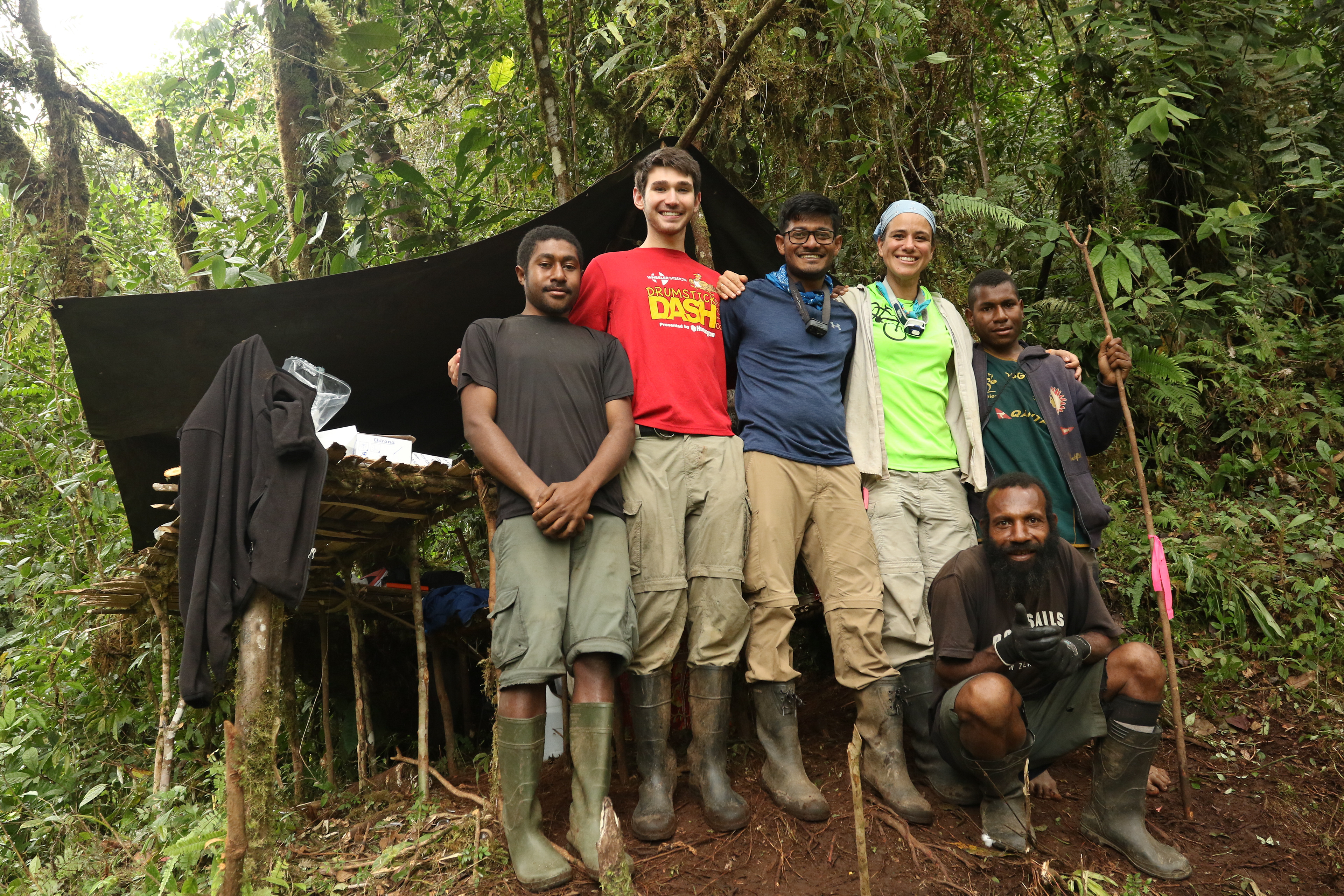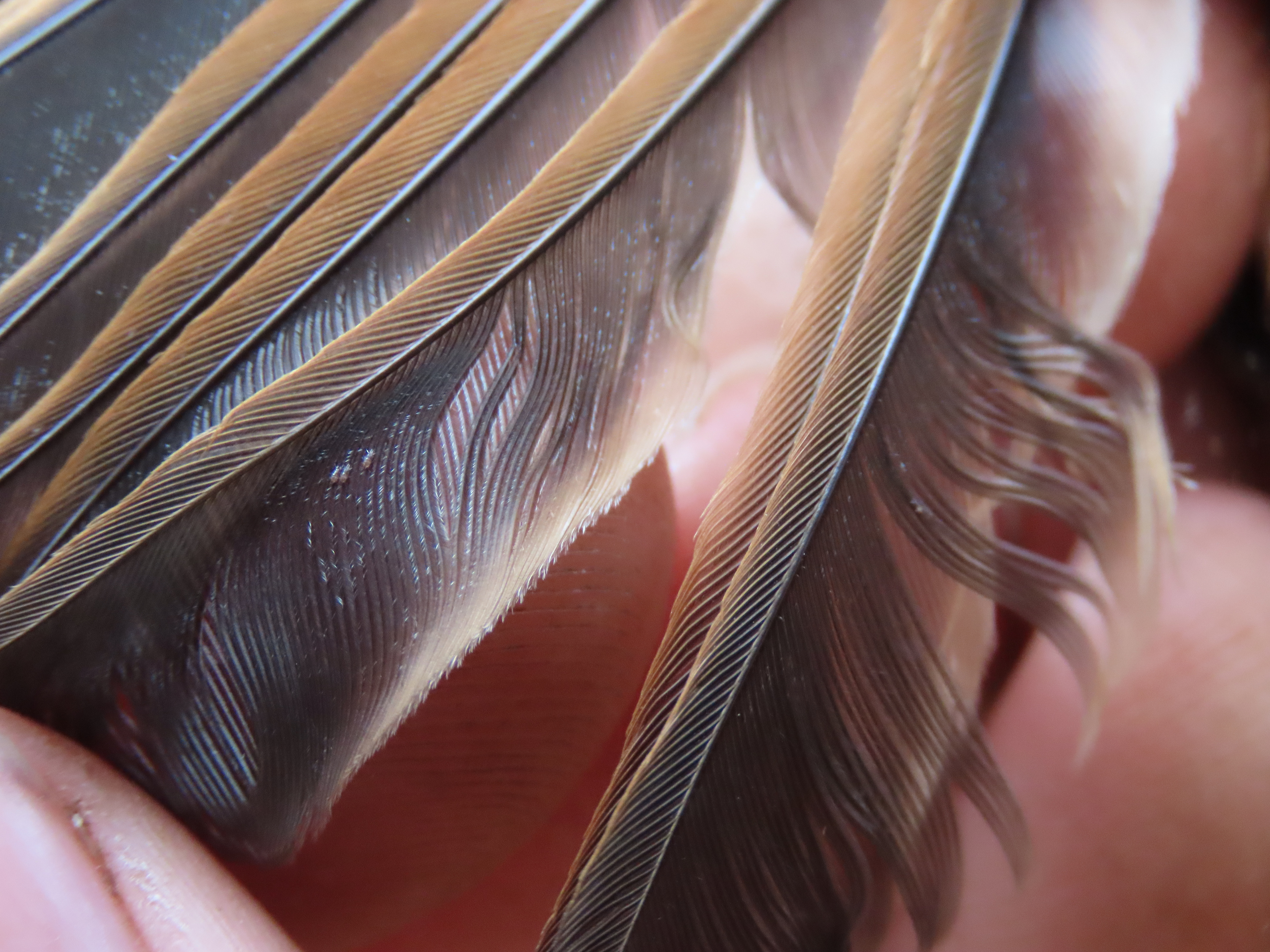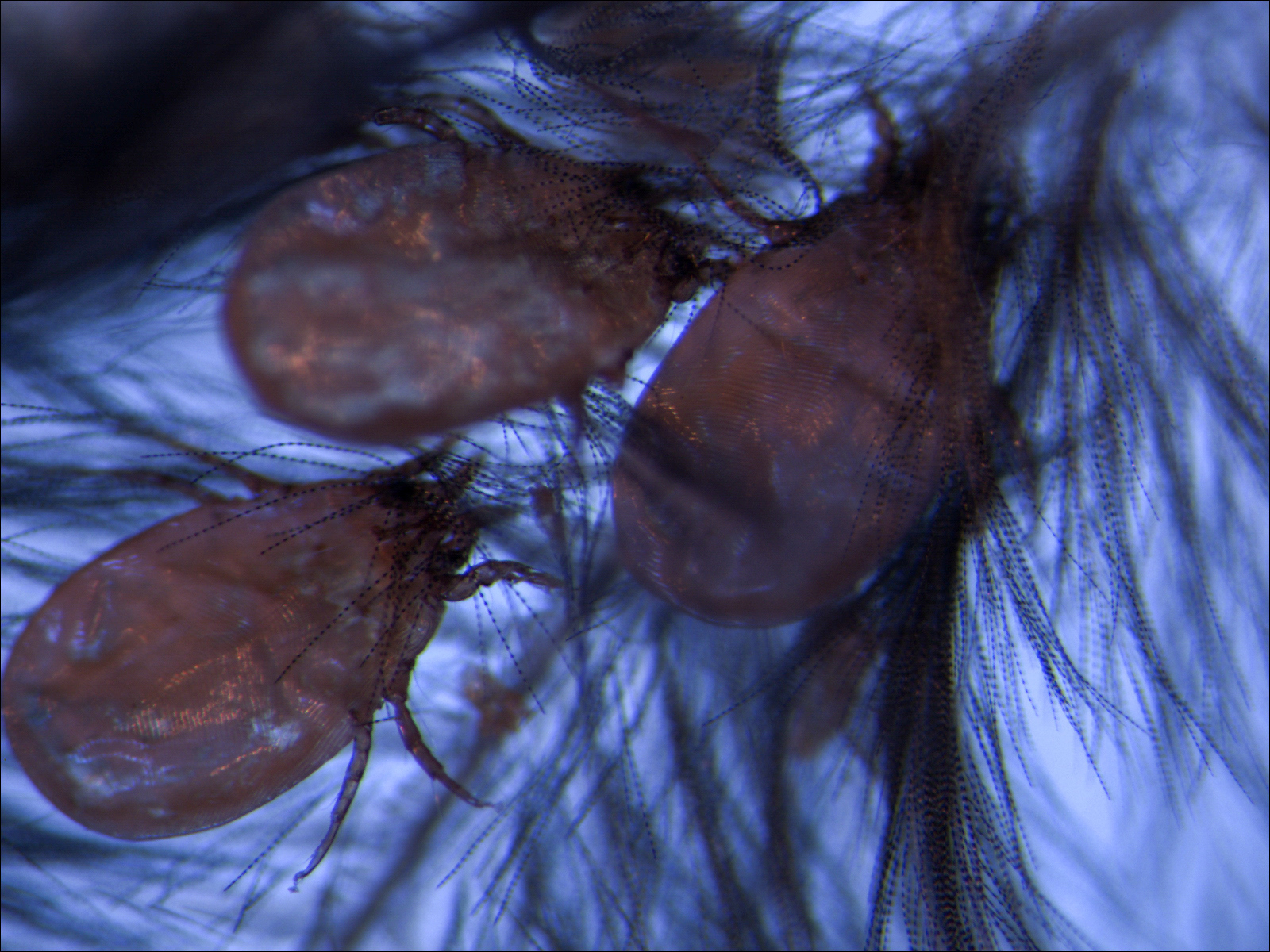Ectosymbionts, from microscopic blood parasites to skin and feather mites, are hidden hitchhikers on every bird. Often overlooked, there is a lot we don’t understand about the relationship between these passengers and their hosts. In 2019 I traveled to Papua New Guinea with collaborators Wendy Tori, Sam Pigott, and Kasun Bodawatta to study the relationship between New Guinean birds and their ectosymbionts, particularly feather-dwelling mites (a diverse group in the Acari subclass). Specifically, we looked at what ecological factors affect parasite load and whether these ectosymbionts negatively impact bird health. In other words, are mites actually parasites or just commensals?
We found that mites are highly prevalent in New Guinean birds, although insectivorous-nectivorous species with curved serrated bills seem to experience lower mite load compared to other species. We also found that feather mite were not strongly associated with body condition (bird health) of most host species – providing additional support for the idea that feather mites are less parasitic than previously believed.
UPDATE: We are now published in the Journal of Avian Biology! Feel free to pursue our findings in more depth: https://onlinelibrary.wiley.com/doi/10.1111/jav.02951

The crew at Denge Numbu

Papuan Central Range mountainous forest

Feather mites (naked eye)

Feather mites (Olympus SZX7 stereo microscope)

Many thanks to our local guides
